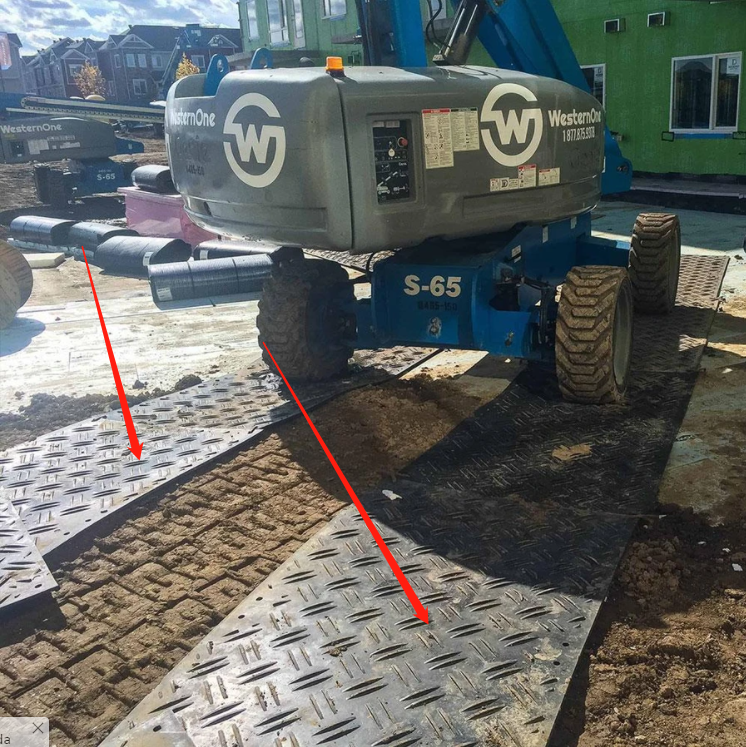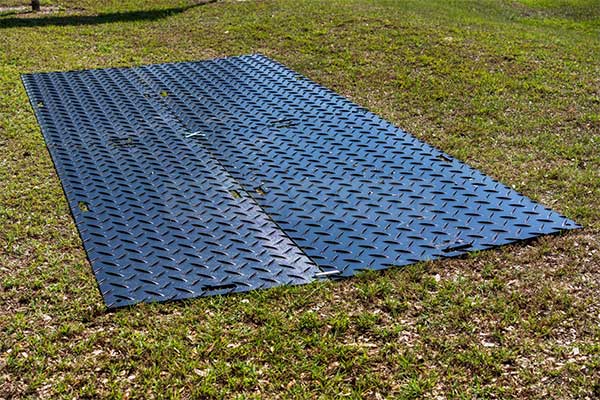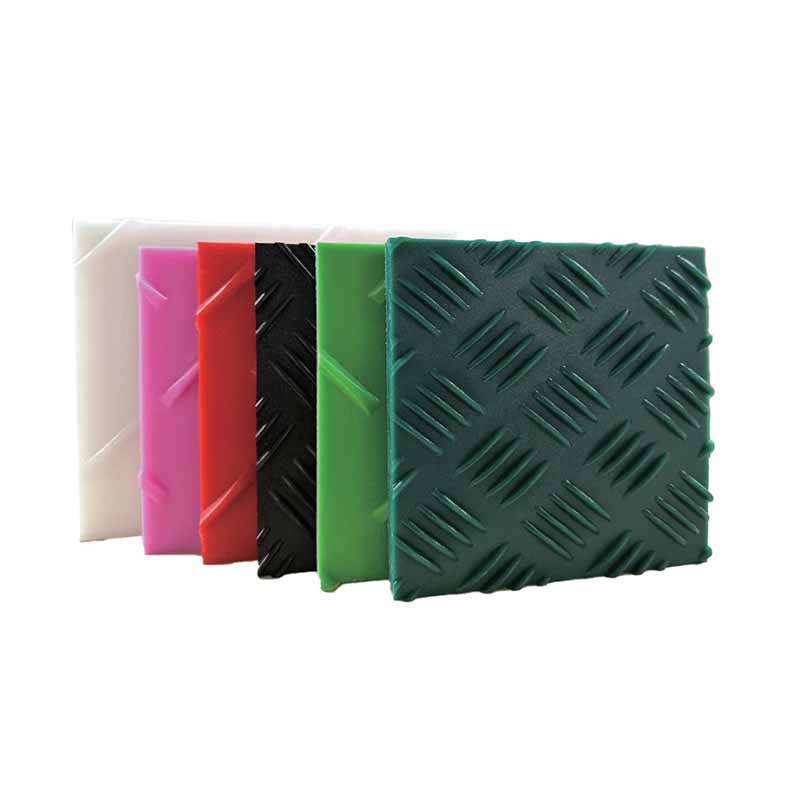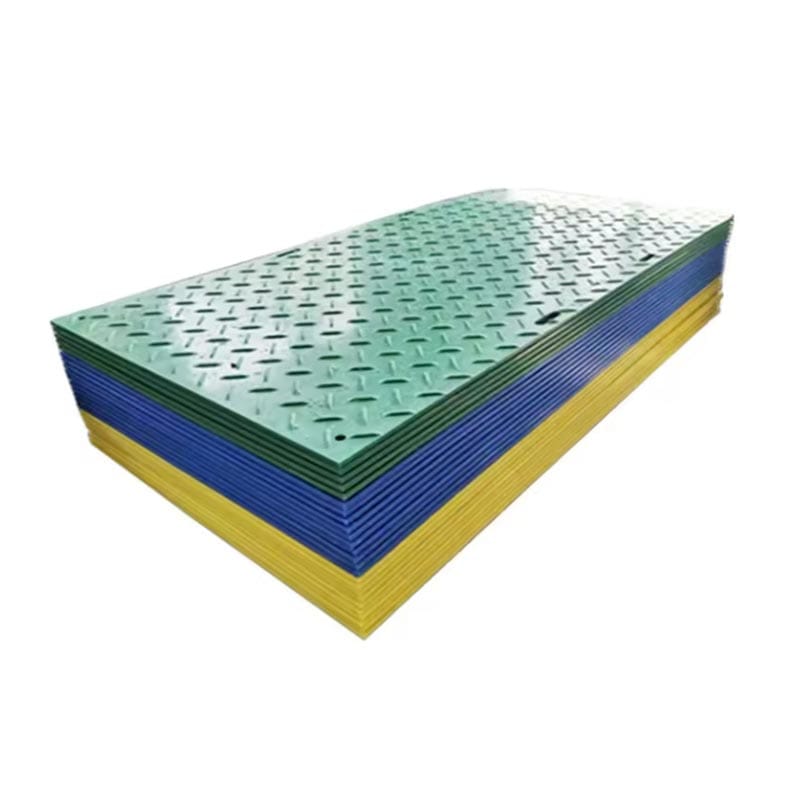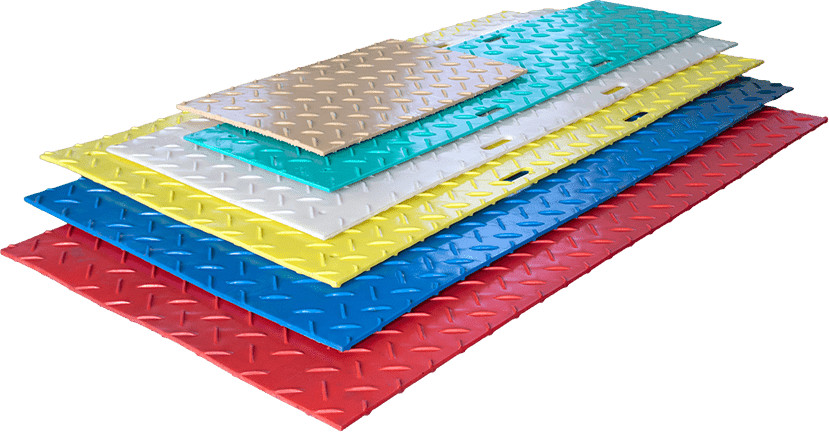The production process of HDPE (high-density polyethylene) paving boards includes the processing of raw materials, high-temperature extrusion and molding, cooling and shaping, follow-up size cutting and post-special treatment. The specific process is as follows:
- Raw materials, masterbatch, additive preparation
The HDPE granules are mixed with color masterbatch, UV inhibitor, antioxidant and other additives in proportion. The selection of raw materials is very important. It can ensure that the board has weather resistance, such as temperature difference, humidity, wear resistance, aging resistance and accurate color.
- Extrusion using hot melt method
The materials are mixed and put into the extruder, melted at high temperature (about 200 to 250℃), and the hot melt state is achieved through screw extrusion. It is extruded and molded by a specific mold (usually a plate-shaped or anti-slip patterned structure).
- Shaped after cooling
After extrusion, the material is soft and has not been shaped. The cooling water tank or roller cooling system quickly cools the material to solidify and shape it, so as to maintain the accuracy of the size.
- Cutting edge trimming
The conventional size of the board is generally (commonly 2m×1m or 2.44m×1.22m), cut according to the size, and trim the edge of the board to ensure its flatness.
- Special surface treatment
The product is processed with anti-slip processing (such as surface embossing, frosting) or drilling (for drainage or fixing) according to customer needs to enhance functionality.
- Quality inspection process and packaging requirements
The finished product needs to be packaged after load-bearing test and wear resistance test. The packaging method is usually pallet, which is convenient for transportation and loading and unloading.
The entire production process is highly automated, environmentally friendly and pollution-free, and HDPE can be recycled and reused, which meets the requirements of sustainable development.


